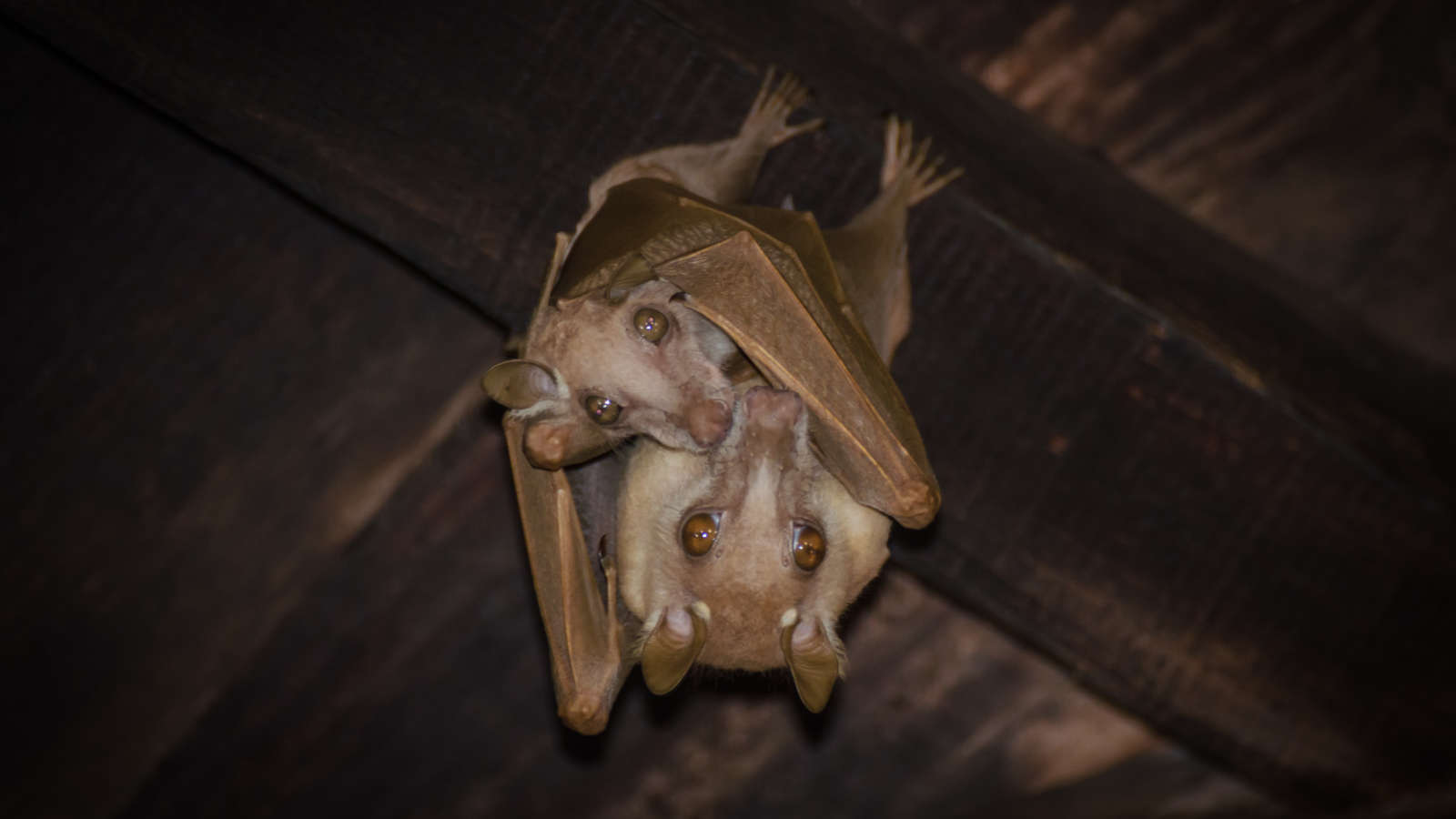
What Are Clover Mites?
Have you ever heard of clover mites?
No, not the huge monster from the successful movie… We’re talking about the small pest that can invade your home during the springtime!
If you haven’t, then you should — and we’re here to tell you about them.
Quick Facts About Clover Mites
- Dark reddish-brown color
- Smaller than the size of a pinhead
- Prefer cooler weather; most active during early spring
- Feed on clovers, over-fertilized grass, and a wide variety of other plants and flowers
- Will lay eggs before the summer months when it’s hottest, and then become dormant
Different Ways to Be Infested By Clover Mites
- Clover mites will typically lay their eggs in the cracks and crevices of homes, and sometimes in between the walls. This can lead to an infestation upon the hatching of these eggs.
- If a home has a large amount of unkempt vegetation around the perimeter, clover mite populations will rise as they begin to feed here.
- Once summer has concluded and the fall season arrives, adult clover mites will make their ways toward your home. This is because their main source of food (plants) begin to die, leaving them with nothing to eat.
How to Prevent Clover Mites
- Keep up on the landscaping around your home. Mow your lawn regularly, remove weeds, and keep all vegetation at least two feet away from the house.
- Inspect the perimeter of your home, looking for any cracks or gaps that could serve as an entryway to these pests (as well as other pests like rodents, termites, ants, cockroaches, etc.). Sealing these cracks and gaps with the appropriate exterior sealant is extremely important when it comes to clover mites, especially since this is where they will lay their eggs.
- Vacuum your home regularly to suck up and remove any possible clover mites and their eggs. This is the preferred method of removal, as squishing them will leave a red residue behind that can stain fabrics.
- If your home has been compromised by clover mites, do not panic! These pests do not cause bodily harm and are not a direct threat to your health. However, they can be an extreme nuisance and can invade homes by the thousands — yes, thousands!. Contact your local pest control company immediately to install a plan of attack.


